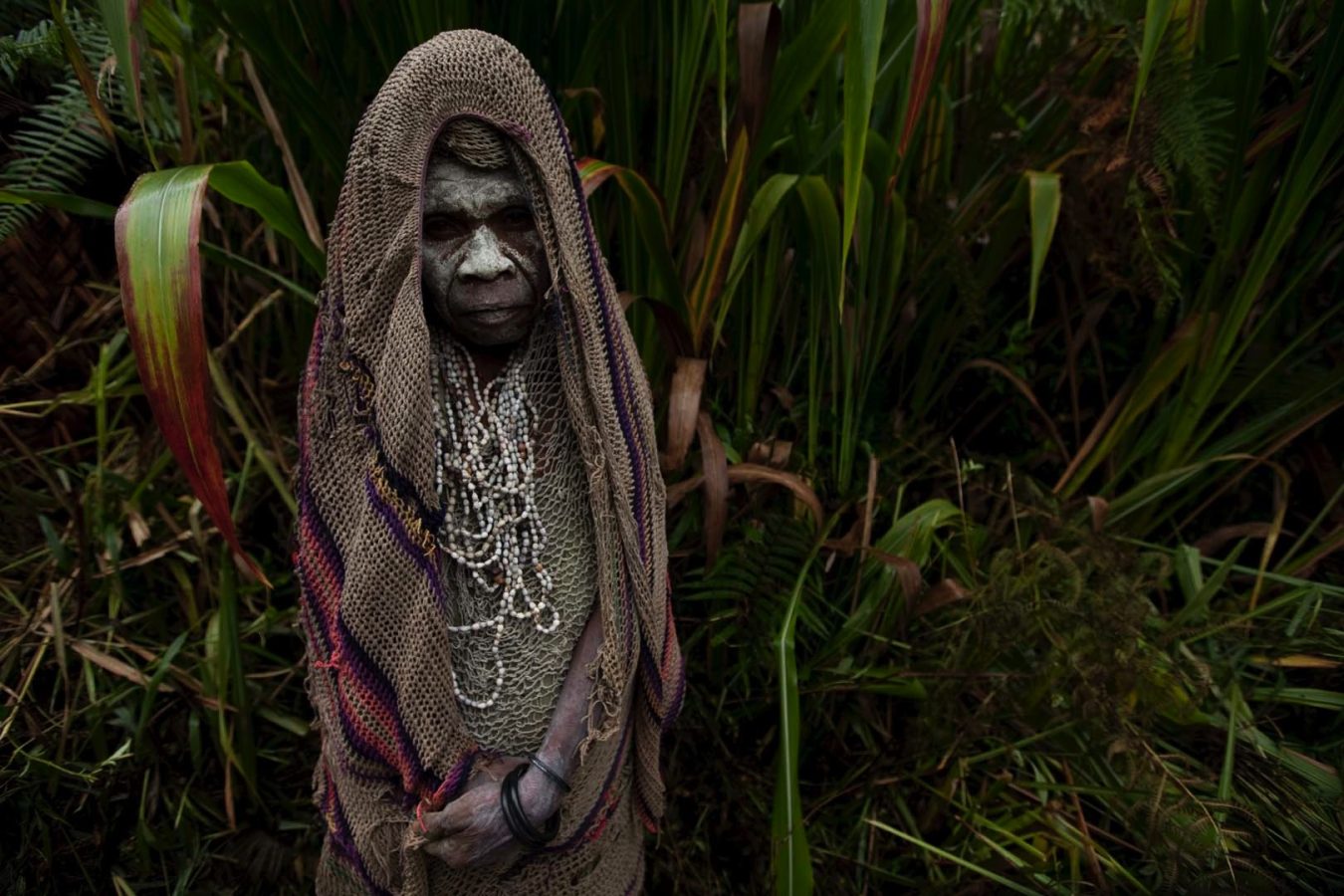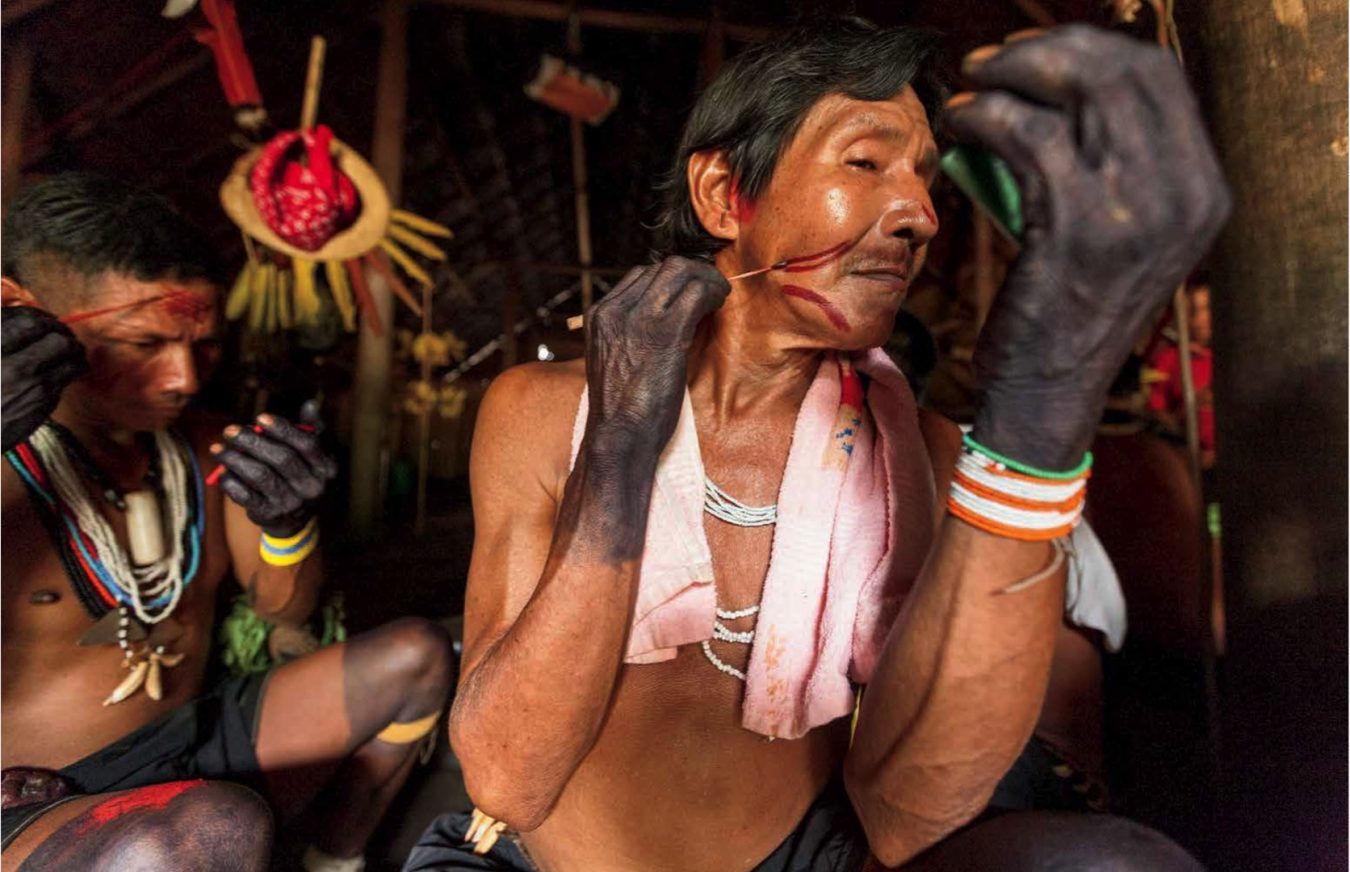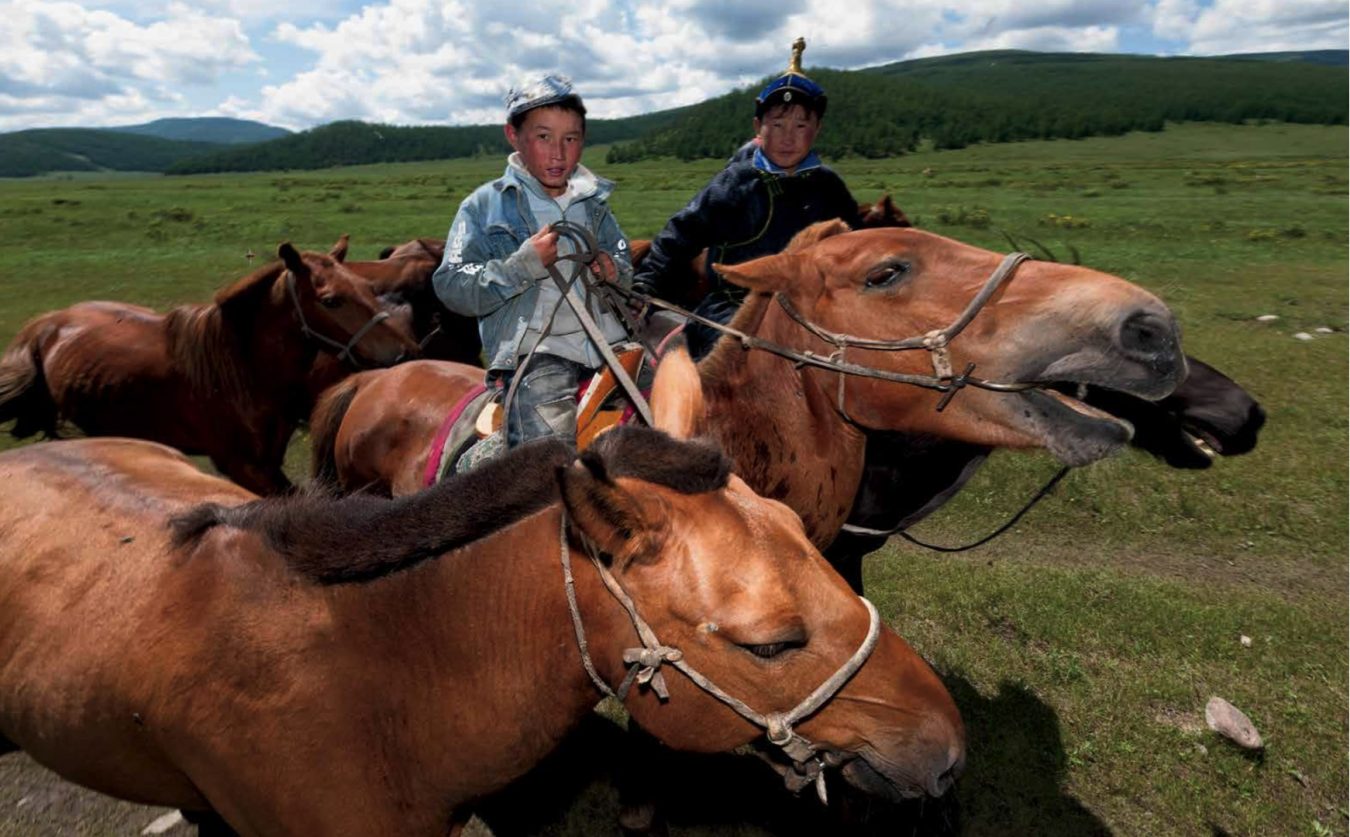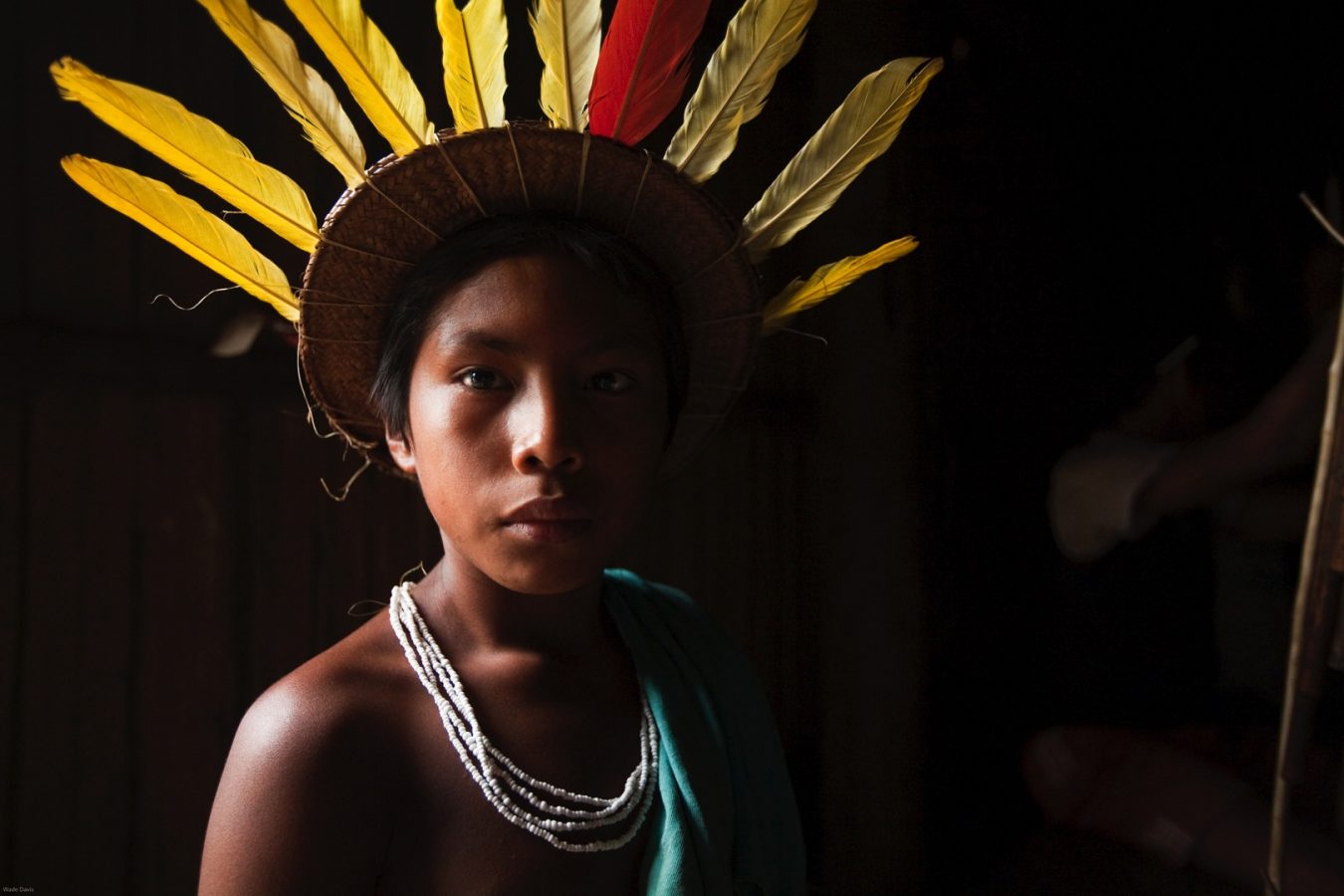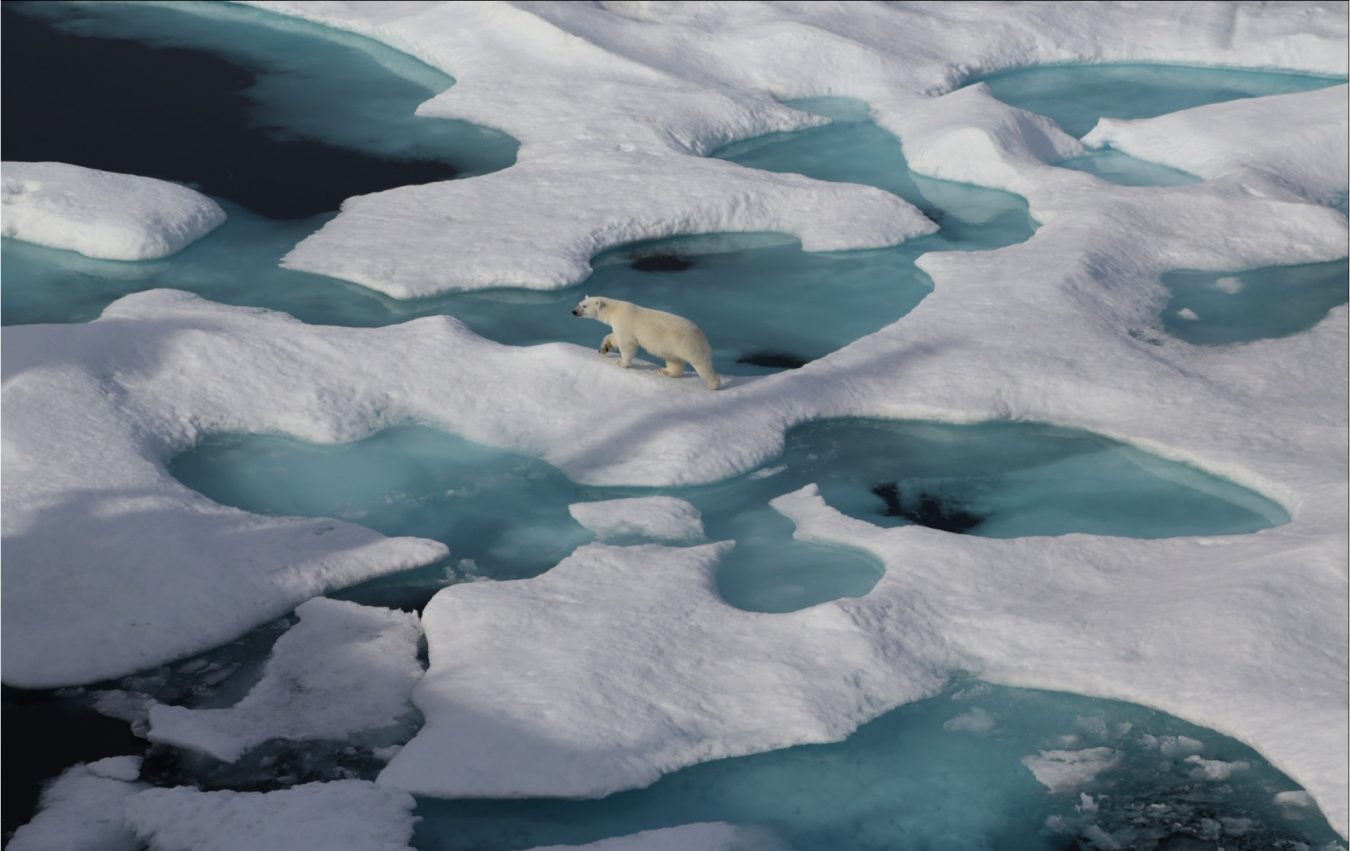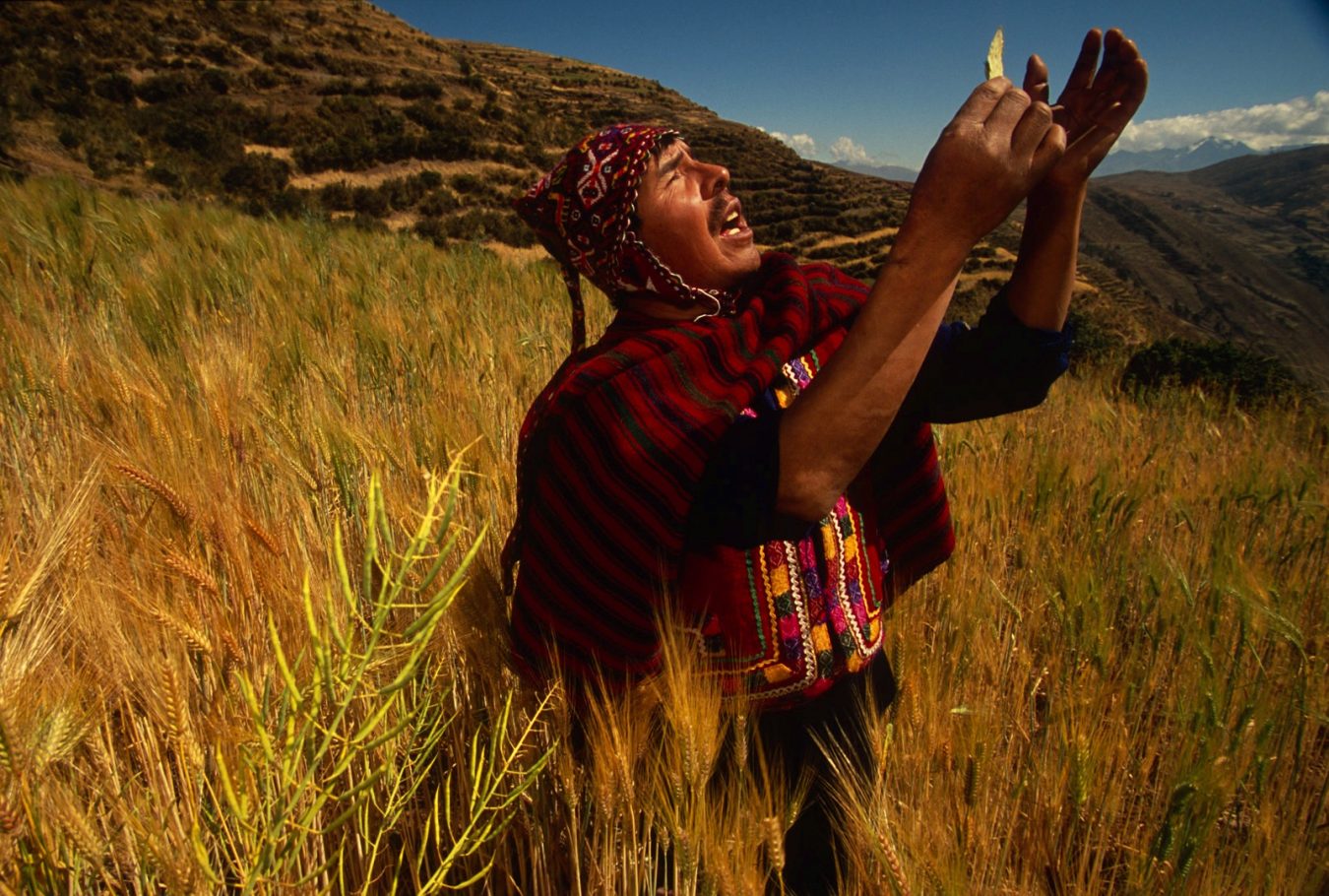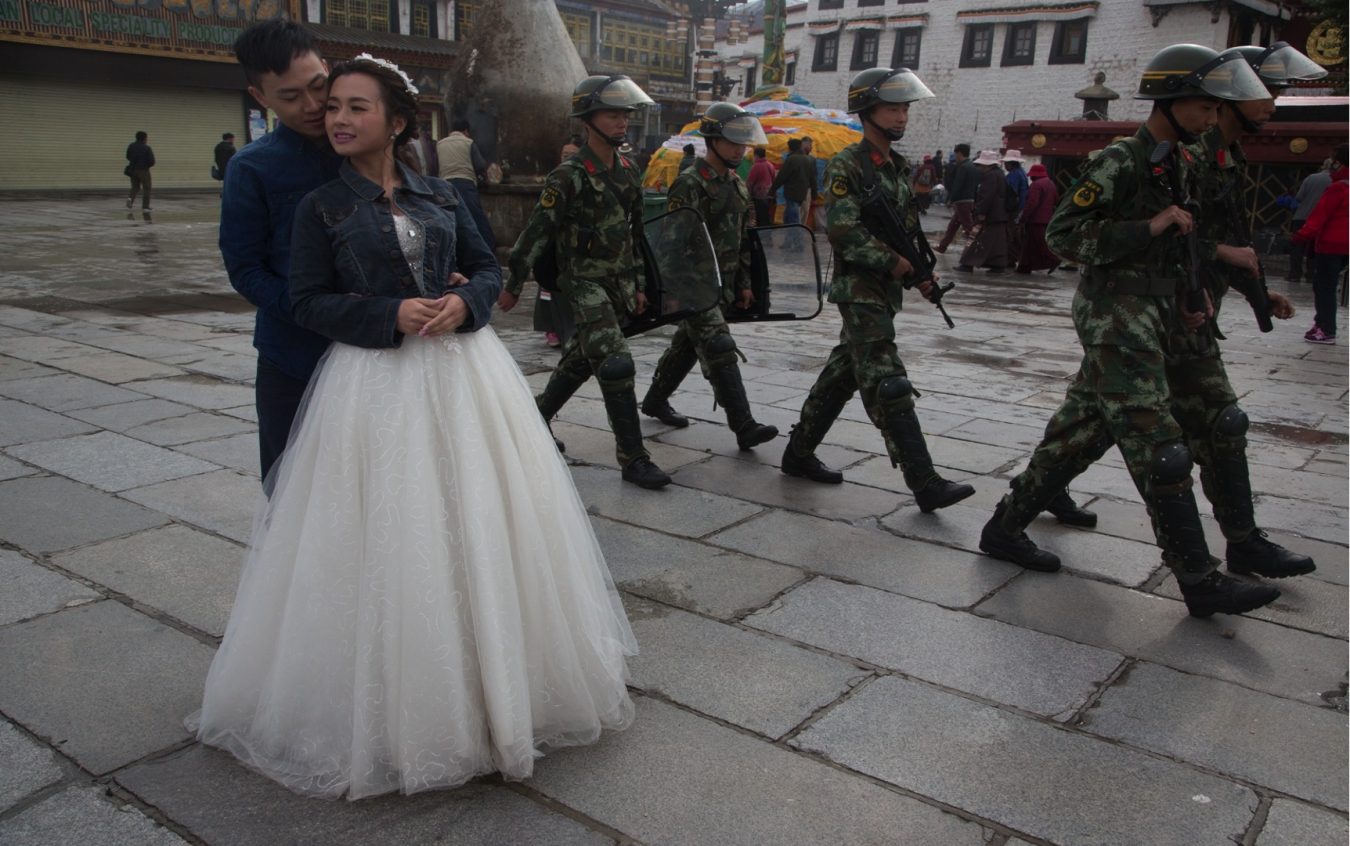When he gets started, Wade Davis, through the narrative contours and deep asides, sure knows how to tell a tale, even if that tale is how he became an anthropologist. It started with a quiet, happy childhood in Montreal, “in Pointe Claire, just off Cartier Boulevard,” he says over the phone. “They were quite wonderful people, my parents.” But, after a school trip to Colombia at the age of 14, he came home with a clear sense of things. “I wasn’t homesick for a moment, up in the mountains, all alone,” recalls Davis. “The lure of ‘the other’ took hold.”
That lure eventually led him into the doctoral program in the Department of Anthropology at Harvard. There, he met his mentors, first David Maybury-Lewis, and then Richard Evans Schultes. “I knew that corporate life was not for me,” Davis says. “That Man in the Gray Flannel Suit idea. But every day I spent at Harvard widened the social gap between me and my parents.” These mentors of his were icons in their fields, and taught him to “get rid of complacency, and to understand the old adage: a traveller doesn’t know where they are going; a tourist doesn’t remember where they have been.” Safe to say, Davis, now over many decades, is a traveller.
He is a professor in the Department of Anthropology at the University of British Columbia, but he was, in a career-defining time from 2000 to 2013, an explorer-in-residence with the National Geographic Society. In this case, the word “residence” could be defined as the entire world, since Davis’s travels took him to the Inuit in Canada’s far north; to the so-called sheltering skies of Tanzania, home of the Masai; to the Colombian Massif in the Andes; and to Tsangpo Gorge in Nepal. Everywhere, the theme is similar for Davis. “I always join in the culture, and I always find a common humanness no matter how great the superficial differences might be,” he explains. “Cultural myopia is something I have resisted all my life.”
This, of course, is not merely skin-deep. “Genetics has established the clear fact that human life is a continuum,” says Davis. “So literally, we are all the same, the world over.” With this comes the necessary notion that no one culture somehow has a patent on truth or reality. When he refers to cultural myopia, he really means each culture tends to think of itself as being the right way to live, while any other culture is somehow deficient. Davis adapted a methodology of assimilating into each culture he visited, “not to find the essence of ‘the other,’ but to find deep, almost metaphorical elements that spoke to the basic essence of being alive.” The enthralling introduction to his book (the latest of 21, with two more on the way), Wade Davis: Photographs (Douglas & McIntyre, October 2016), elucidates much of this, and his conversation on the phone echoes the book’s text from time to time, affirming his findings, further crystallizing his thoughts.
“Cultural myopia is something I have resisted all my life.”
The photographs in this large-format book are impactful for their individual beauty, but also for their consistent portrayal of cultures at once visually unique and different from each other, while somehow, taken in cumulative effect, revealing a common ground. The double-page image of the sea, upon approach to the town of Ilulissat in Greenland, almost eerily has something in common with another double-page picture in the book, of a camel caravan crossing the Sahara.
The landscapes are one thing; the portraiture is also amazing, very little of it actually posed, but rather scenes and the people inhabiting those scenes caught in the natural course of things. An Ariaal warrior in Kenya; a girl at the Epe-Ekpe celebrations in Togo; two men, faces hidden by their burdens, carrying slabs of salt in a mine called Taoudenni, 400 miles from Timbuktu; an Inuit hunter on Baffin Island. These images all point in the same direction for Davis, which is to underline the shared threads of humankind. “I have been around the world twice since May,” he says. “I am just trying to get a sense of what is going on.”

